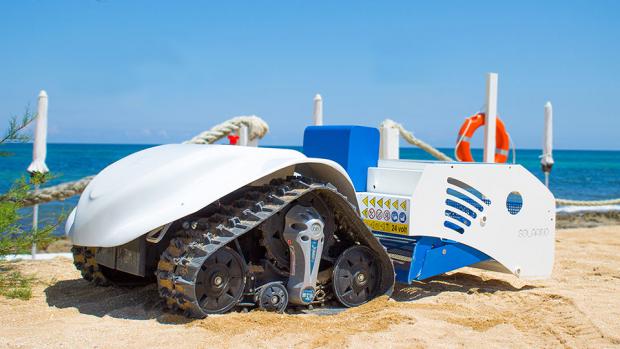
Breaking News
 Battleborn Batteries Responds! Their Overheating Device is a "Feature" not a "Problem
Battleborn Batteries Responds! Their Overheating Device is a "Feature" not a "Problem
 Actor Liam Neeson Outs Himself as MAHA After Narrating Pro-RFK Jr. Documentary Slamming...
Actor Liam Neeson Outs Himself as MAHA After Narrating Pro-RFK Jr. Documentary Slamming...
 Kyle Rittenhouse announced on social media Wednesday that he has tied the knot.
Kyle Rittenhouse announced on social media Wednesday that he has tied the knot.
 JUST IN: President Trump Grants Tina Peters Pardon
JUST IN: President Trump Grants Tina Peters Pardon
Top Tech News
 Build a Greenhouse HEATER that Lasts 10-15 DAYS!
Build a Greenhouse HEATER that Lasts 10-15 DAYS!
 Look at the genius idea he came up with using this tank that nobody wanted
Look at the genius idea he came up with using this tank that nobody wanted
 Latest Comet 3I Atlas Anomolies Like the Impossible 600,000 Mile Long Sunward Tail
Latest Comet 3I Atlas Anomolies Like the Impossible 600,000 Mile Long Sunward Tail
 Tesla Just Opened Its Biggest Supercharger Station Ever--And It's Powered By Solar And Batteries
Tesla Just Opened Its Biggest Supercharger Station Ever--And It's Powered By Solar And Batteries
 Your body already knows how to regrow limbs. We just haven't figured out how to turn it on yet.
Your body already knows how to regrow limbs. We just haven't figured out how to turn it on yet.
 We've wiretapped the gut-brain hotline to decode signals driving disease
We've wiretapped the gut-brain hotline to decode signals driving disease
 3D-printable concrete alternative hardens in three days, not four weeks
3D-printable concrete alternative hardens in three days, not four weeks
 Could satellite-beaming planes and airships make SpaceX's Starlink obsolete?
Could satellite-beaming planes and airships make SpaceX's Starlink obsolete?
New Solar-Powered Beach-Combing Robot Filters Even Tiny Plastic 30x Faster Than Humans

The electric-powered, sand-sifting BeBot can clean up to 3,000 square meters, or 33,000 square feet, of beach per hour, making it 20-30x more effective than collecting trash by hand.
The machine is agile and easy to maneuver, a clear differentiator from existing options which tend to be derived from retired agricultural equipment powered by gas, making them less-suited to delicate beach work.
It specifically excels at removing small pieces of plastic and other trash that are notoriously difficult to clean by hand, using small 1 cm x 1 cm sifting grids to separate these items from the sand.
A pair of triangular tracks gives the BeBot a smaller footprint, while a shallower cleaning depth of 10 cm effectively removes common beach trash while avoiding disruptions to any nearby habitats or animals, providing a more effective and sustainable approach to cleanups.
A remote-controlled robot, the beach-cleaner can be operated from up to 950 feet away.
BeBot comes out of a marine-technology firm called Polaru Marine, that among many other projects such as robotics, specializes in building aluminum marinas. They construct floating solar panel banks, and other cool aqua-tech like the "mooring star," which is essentially a giant addition sign that allows nature parks to greatly increase their boat mooring potential whilst protecting shorelines.

 First totally synthetic human brain model has been realized
First totally synthetic human brain model has been realized Mach-23 potato gun to shoot satellites into space
Mach-23 potato gun to shoot satellites into space

